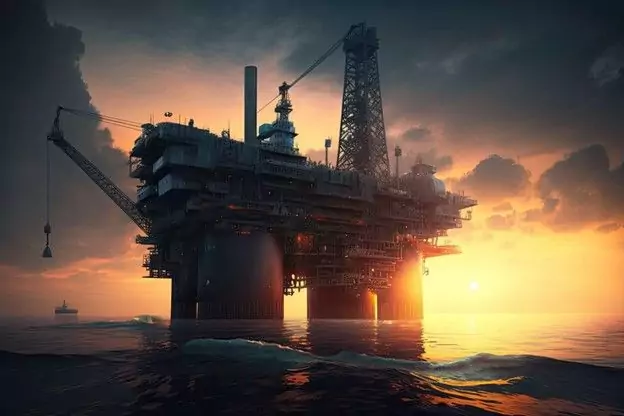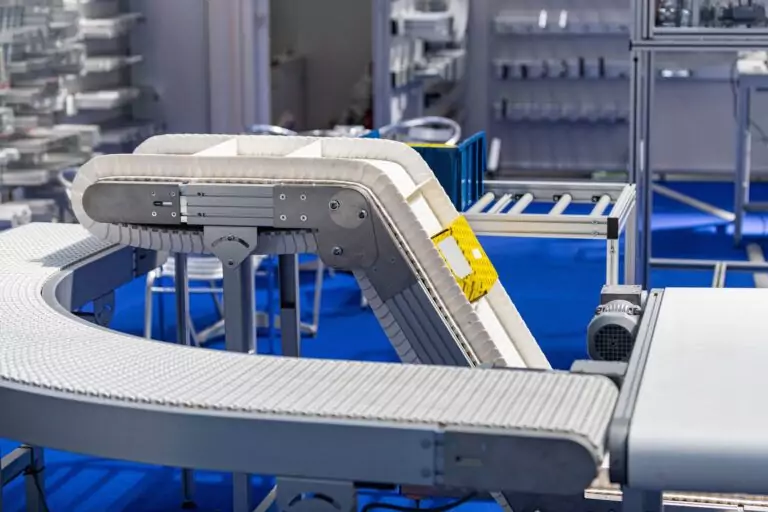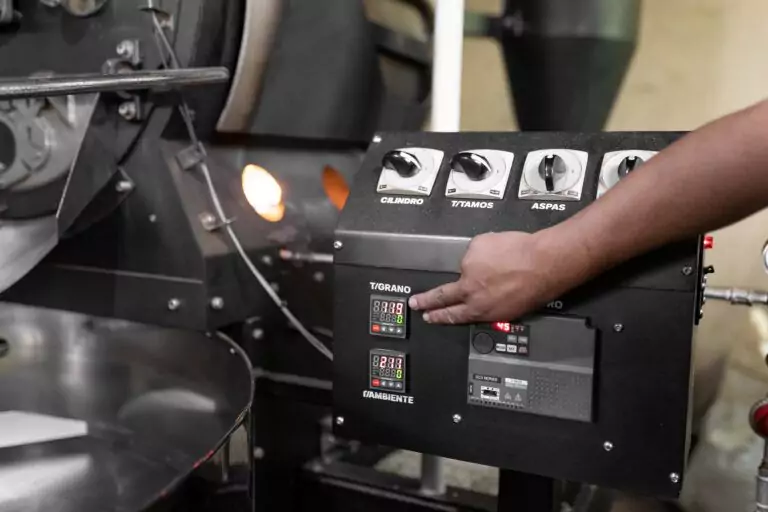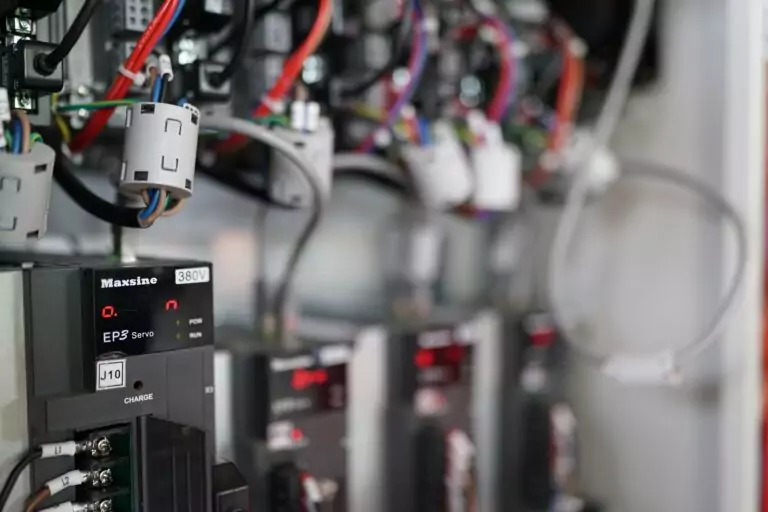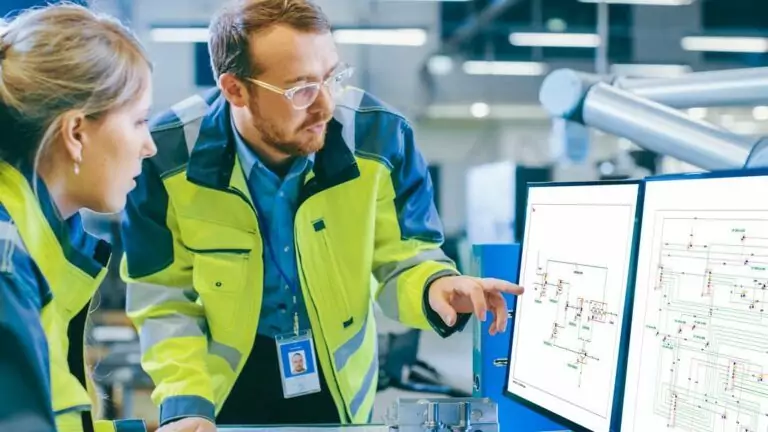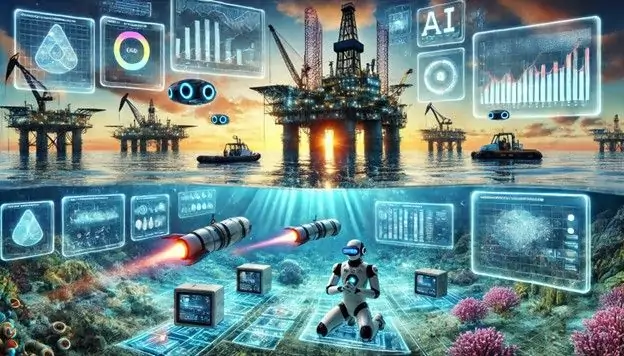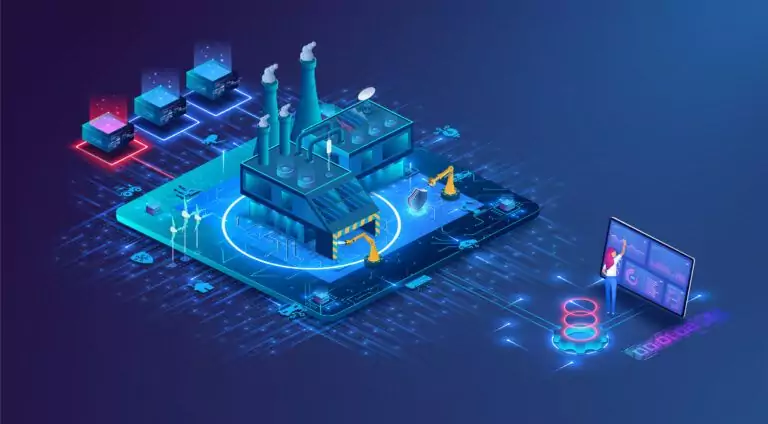Credit: https://img.freepik.com/free-photo/oil-platform-ocean-with-sun-setting-it_123827-23498.jpg
The offshore oil and gas industry, which has faced immense challenges due to the recent COVID-19 pandemic and the Russia-Ukraine conflict, is poised to make a huge comeback. In the next five years, the market is poised for a compound annual growth rate of 8.5% across regions.
As it transitions into Industry 4.0, the sector is also expected to see a transformation in its overall operations. More and more technological advancements are taking over traditional systems to streamline complex processes.
To make the most of this growth, industry leaders must focus on two concepts: system integration and digital engineering.
What is the relationship between the two, and how will they impact the offshore oil and gas industry? Let’s take a closer look.
The Relationship Between System Integration and Digital Engineering
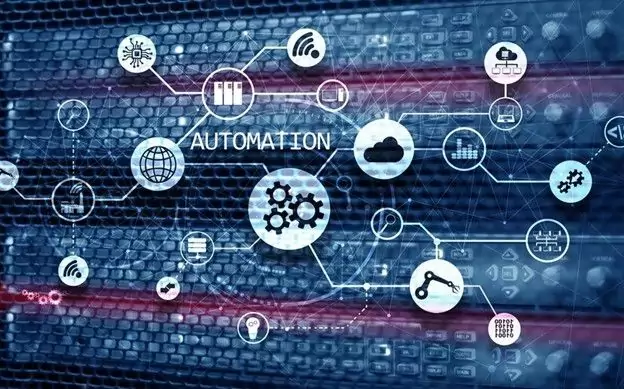
Credit: https://img.freepik.com/premium-photo/business-process-automation-concept-blurred-network-cabinets
-new-project-2020_161452-1829.jpg
System integration is the process of combining workflows or components from multiple sources into a single system. Systems integration consultants combine datasets and present them in a single-source-of-truth environment for seamless access.
In offshore oil and gas production, these systems could include those that monitor and control upstream processes, automated systems for oil and gas recovery, emission monitoring and reporting, or spill prevention and detection.
Digital engineering is the process of designing, optimizing, and operating complex systems using emerging technologies.
In upstream oil and gas production, this could involve collecting and analyzing large amounts of sensor data, enabling predictive maintenance, or streamlining intelligent remote operations.
Digital engineering has been used to make manufacturing and defense processes more efficient. Oil and gas facilities are jumping onto the trend by adopting technologies like AI, machine learning, the Internet of Things, and digital twins, among others, to make data-driven decisions that will help them stay profitable and relevant for decades.
When system integration and digital engineering work in tandem, they can:
- Give industry players access to real-time data
- Reduce installation costs and total cost of ownershipThe total cost of ownership refers to the total cost of owning an industrial asset throughout its full lifecycle, from design and construc...
- Ensure well-informed decision-making processes
- Automate repetitive tasks and free up time for high-value tasks
How Offshore Oil and Gas Benefits from System Integration
Offshore oil and gas production is a critical component of upstream operations. It involves a wide range of activities, including looking for underwater oil and gas fields, drilling exploratory wells, and operating the machines that bring gas and oil to the surface.
Given so many variables, data organization is critical to improve efficiency, enable better analysis and decision-making, and reduce downtime by highlighting potential issues.
With the help of systems integration consultants, an offshore oil and gas production facility can:
- Maintain greater control over processes from remote locations via phones or tablets. This could include interacting sensors, valves, and pumps from on- and off-site
- Access, keep track of, and analyze real-time data
- Make data more readily available to all stakeholders
- Trigger texts, emails, or voice calls in hazardous situations, and,
- Improves data visualization with context
Automation is another trend increasingly adopted by the oil and gas industry. Automated system integration projects ease data collection and boost efficiency by taking over repetitive and time-consuming tasks.
Automation and system integration can improve consistency, productivity, and safety, reducing operation costs.
Digitization of Offshore Oil and Gas Production

Credit: https://img.freepik.com/free-photo/standard-quality-control-concept-m_23-2150041859.jpg
Upstream companies can also greatly benefit from increased digitalization. The World Economic Forum states that the digitization of the oil and gas sector could add a staggering $2.5 trillion to its value.
Because offshore oil and gas production involves large amounts of seismic and geological data and routinely takes place in high-risk environments, digital solutions can significantly reduce costs and risks.
Some of the newer technologies being adopted by the sector include the following:
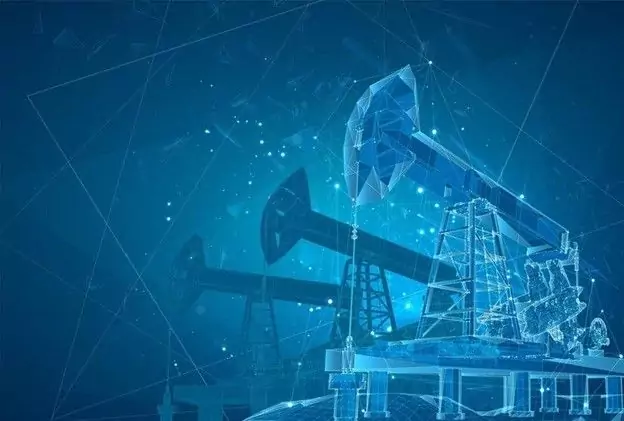
Digital Twins
A digital twinA digital twin is a precise, virtual representation of a physical object system, process, or asset. Digital twins integrate machine learnin... is a visual representation of a physical object, system, or process that mimics their behavior in real time. It integrates technologies like machine learning, AI, and data analytics for simulations that help predict and solve emerging issues.
Digital twinning could enable predictive maintenance and asset optimization in offshore oil and gas production to enhance emergency preparedness and sustainability initiatives.
Big Data and Artificial Intelligence
AI can help facilities monitor offshore platforms through various sensors, collecting and analyzing data related to temperature, pressure, or flow rate.
For example, seismic data can be analyzed to zero in on the optimum location for drilling. Datasets related to previous drilling operations can help identify the quantity of oil left in reservoirs and make production more effective.
AI also enables better decision-making, as it is incredibly efficient at analyzing large amounts of geological and seismic data and produces reports in mere seconds.
Internet of Things
IoT technologies go a long way in improving safety on offshore platforms, as they help workers monitor assets and detect potential risks.
IoT leverages novel technologies like edge and cloud computingCloud computing is a method of delivering IT services where resources and data are retrieved from the Internet using web-based applications ... and advanced signal processing, among others, to help oil and gas workers ensure timely maintenance of crucial equipment. In case of breakdowns, there is minimal to no downtime. As you’d imagine, this helps their companies save a lot of time and money.
These technologies can also be used to monitor leaks and minimize flaring, which can greatly impact the environment. Detecting toxic vapors and the presence of flammable gases goes a long way in hazard management.
The Bottom Line
Digital engineering and system integration are crucial to upstream oil and gas operations. The digitization of certain processes leads to more efficient operations, while data accuracy directly relates to cost reduction.
When both work in tandem, the industry is poised to see immense growth in 2024 and beyond.
Planning an Offshore System Integration Project?
Vista Projects is an integrated engineeringThe process of integrated engineering involves multiple engineering disciplines working in conjunction with other project disciplines to e... and system integration services firm able to assist with your offshore system integration and digital engineering projects. With offices in Calgary, Alberta, Houston, Texas, and Muscat, Oman, we help clients with customized system integration and engineering consulting across all core disciplines. Contact us today!
